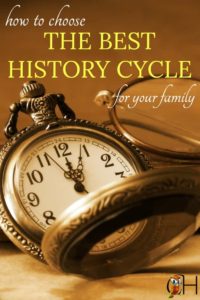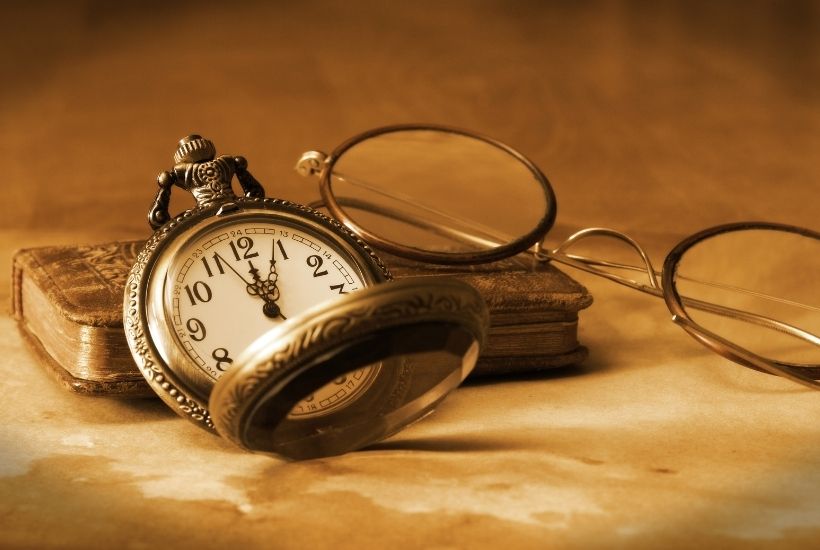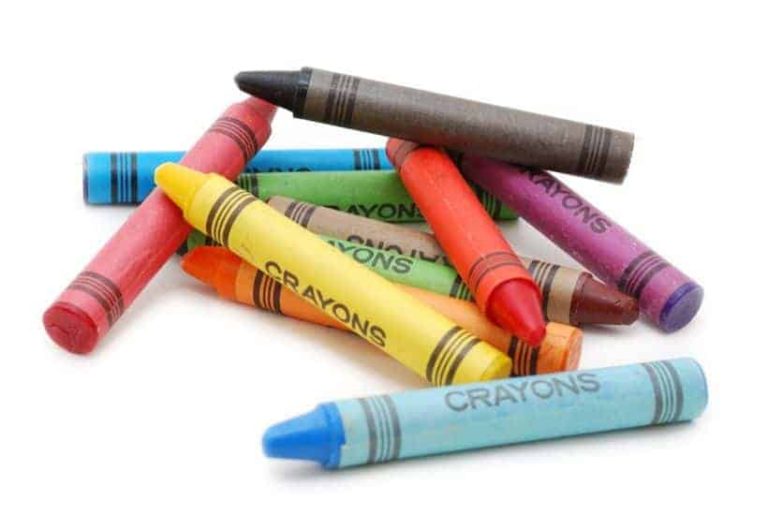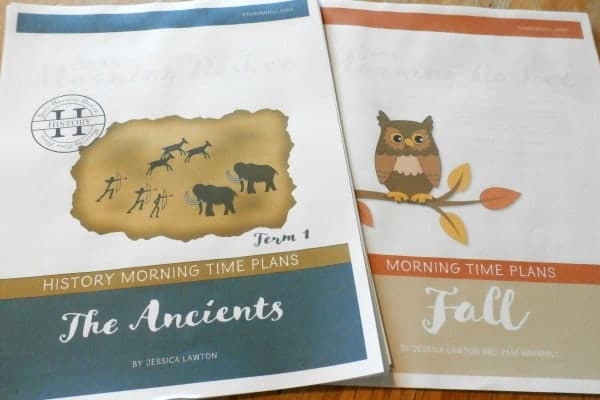How to Choose the Best History Cycle for Your Family
This post may contain affiliate links. For more information, please read my disclosure policy.
You would think choosing the best history cycle for your family would be easy.
Start at the beginning and go from there! But we also need to look at pacing. You can race through history in one year, but frankly, kids don’t remember much. You can move at a steady pace over 4 years.
Or you can meander your way through history.
Every style of classical homeschooling has a different approach to history. Some methods advocate studying classical history and modern history at the same time.
Others alternate between a year of world history and a year of American history. A third option melds American history into world history.
Then there are the time frames. Should history be studied 3 times in a four-year cycle or should we study it 2 times in a six-year cycle?
Essentially the different history methods break down into arguments over whether you should study only one line of history or simultaneously study two streams of history.
Then the question becomes should you study history in a 4-year cycle or a 6-year cycle.
So let’s start by looking at the one or two streams of history approach.
Should You Study One or Two Streams of History?
A one-stream study of history generally begins at the beginning of the dawn of civilization. Over the years kids study the Ancient World, Middle Ages, Renaissance and Reformation, Colonization, American History, and Modern History in order.
As your family wanders through the timeline, you see why France needed to sell a huge chunk of land to the United States in what became known as the Louisiana Purchase.
This is because you’re not studying American history or world history in isolation. The two are intertwined allowing children to discover the cause and effect of history, or how world events affect America.
Because you’ve started at the beginning, children also have the opportunity to explore how the various civilization affect each other as we progress. The Romans may have existed a very long time ago, but parts of our government are based on the Romans.
Children are able to see that history is one continuous story of mankind.
However, in a one-stream study of history, it takes time to work our way through to American and modern history. Children won’t learn about Independence Day, the Civil Rights movement, or modern events for a number of years.
Of course, you can always discuss these events on your own, but often we get caught up in what we’re currently studying in history. We forget to discuss these events. After all, they will be covered in the future.
Hence why many families love the two-stream study of history.
In a two-stream study of history, you’re working through world (or classical) history while simultaneously studying American (or modern) history. Kids don’t need to wait a number of years before learning about Independence Day, the Civil Rights movement, and modern events.
They’re learning about them right now.
In addition, because you’re doing two simultaneous cycles of history, you can still point back to how these events in the past affected what is happening in American and modern history. In many ways, it’s the best of both worlds.
However, it requires you to study two periods of history at the same time. It adds another subject to the day. After all, you’re not just studying history, you’re studying both classical and modern history.
That’s extra books, extra time, and more subjects to be scheduled into the week. If you’re like me and love a simplified schedule, it’s simply too much.
What about the 4 and 6 Year History Cycles?
The other common difference between history cycles is the number of years you take. Often Charlotte Mason homeschoolers will use a six-year history cycle while The Well-Trained Mind recommends a four-year history cycle.
A four-year history cycle, as you might guess, takes four years to complete a study of world history. Most four-year history cycles spend a year studying the Ancients ending with the Fall of Rome.
The second year of the cycle begins with the Fall of Rome and ends around 1650. The third-year covers the years from 1650-1850. The fourth-year finishes by covering from 1850 to the present.
Tapestry of Grace uses a different four-year cycle. The first year covers the Ancients, but the second year is a race. It covers from the Fall of Rome to 1800. Then Tapestry slows down to dive into the 1800’s the third year. The fourth-year is spent studying the 20th and 21st centuries.
Over the course of 12 years, a child covers all of world history three times. The first time it’s at a grammar stage level where you focus on the stories and people of history.
The second time the dialectic (middle school) kids are looking for connections and cause-and-effect. Finally, the rhetoric teenagers cover world history one last time analyzing the various events.
The four-year cycle allows you and your children to study history at three different levels. The six-year cycle only goes through history twice in 12 years.
However, the biggest advantage of the six-year cycle is you’re not racing through huge swaths of history at any one time. You have time to dive into a culture, study it, read the books, and absorb it.
Your kids have weeks to follow rabbit trails without worrying about falling off the perfect four-year cycle. Six years gives you more time to slow down and enjoy your history studies.
So Which One is Best?
Quite frankly I believe you need to choose the history cycle that resonates with you the most. For instance, does the thought of covering history 3 times over the course of your child’s education at ever deeper levels make you giddy with joy?
That’s the cycle you should choose.
On the other hand, if you adore the thought of spending 6 years slowly weaving your way through history, spending time absorbing each culture, and following rabbit trails, choose the 6-year cycle.
If the thought of running two history threads at the same time makes you want to run out the door screaming, don’t. Keep life simple and keep to one history thread.
But if you’re passionate about running two threads at the same time and believe it’s the way to go, go for it.
As for myself, I use a four-year cycle with one history thread.
I enjoy watching my children’s understanding of history deepens each time we work through the cycle. Also, the thought of running two history threads at the same time totally stresses me out.
I prefer to spend more time on fewer subjects than stress trying to get yet another subject done each week!
Which history cycle do you prefer and why?










The good news is that there is freedom to change your mind along the way =) I have sure fallen in love with history as I have studied it these past few years with my kids!
You’re right, Amy! You can always change your mind. There’s no reason you can’t start with once cycle before switching to another one. Kids keep changing and growing so the homeschool needs to adapt as well. 🙂
I’m beginning the whole cycle routine again with my kindergartener. This time around I will go more with a modified two stream approach. My older ones feel the lack of breadth in their American History knowledge. So I’m adjusting with the youngest one by using audio cds on American History to fill in U.S. history in some way until we get to it for real in the cycle.
I love your idea, Rachelle! Using audio cds to fill in American History until you reach it in the regular stream is a great idea for a modified two stream approach. You have the advantages of the two streams, American History is well-covered. But you don’t have the insanity of trying to use two different history curricula at the same time.
I chose the 4-year history approach — only it has taken over four years LOL!
I was a firm believer in starting at the beginning, but I soon discovered that that eventually becomes a non-issue has you fold subsequent children into your homeschool. Covering two historical periods with multiple children? No thank you!